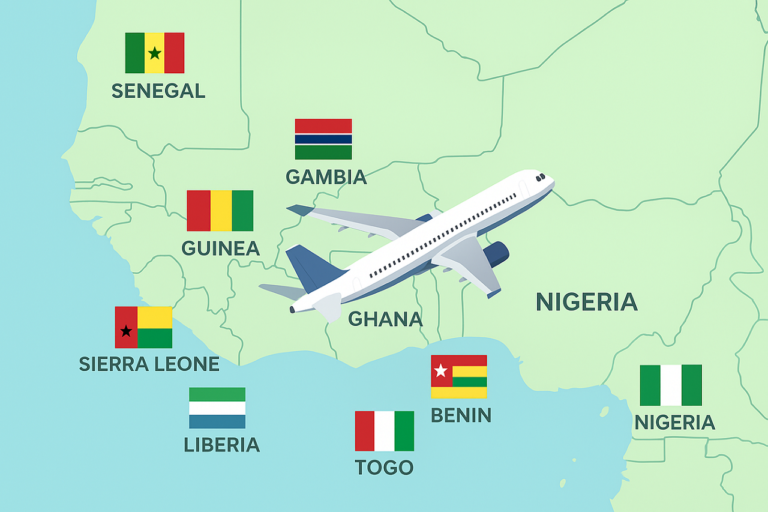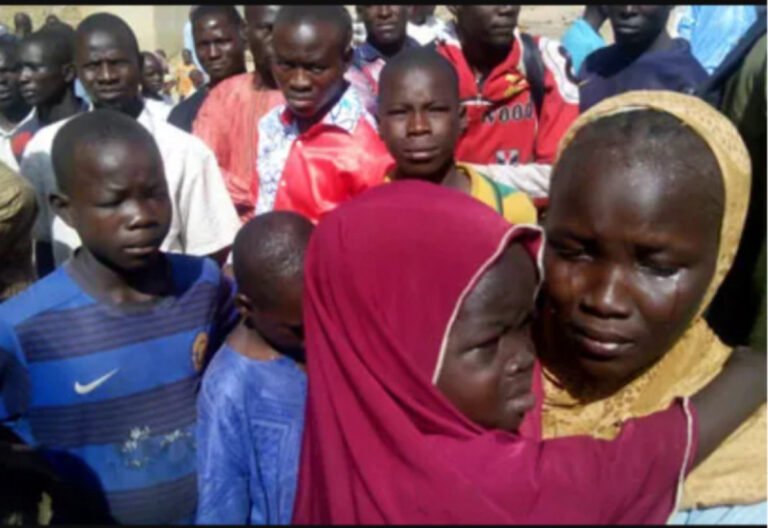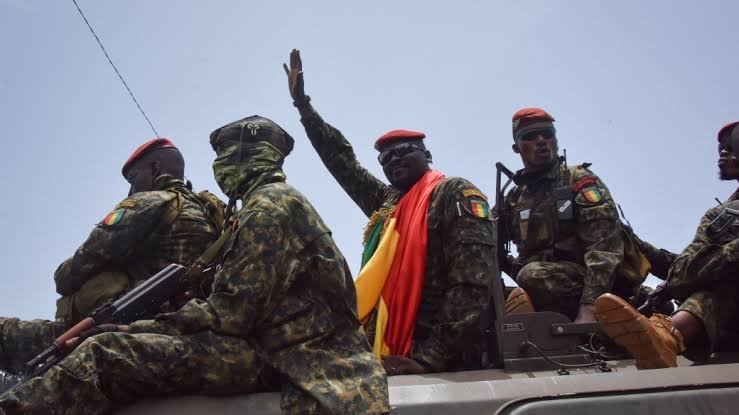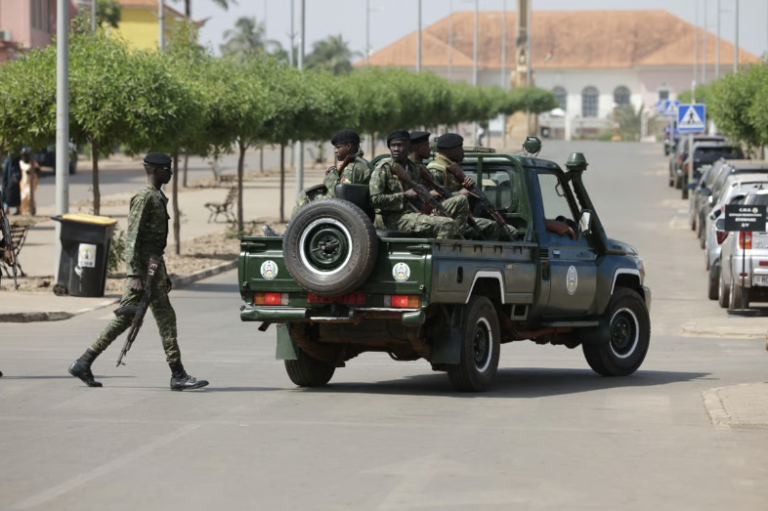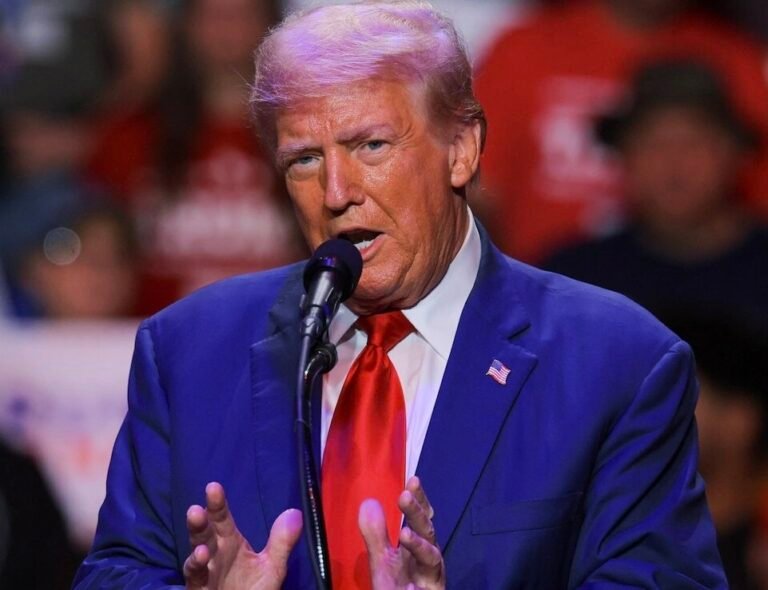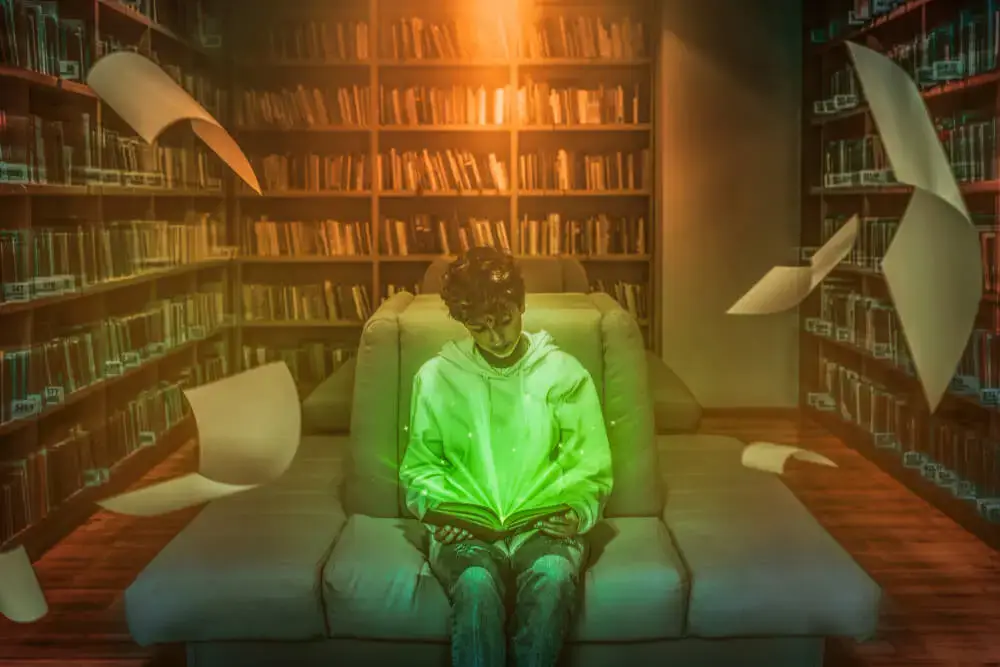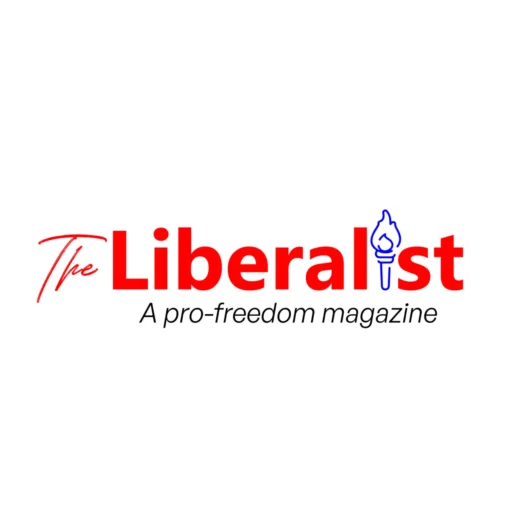On April 23, negotiators in Doha, Qatar, brokered a ceasefire agreement between the Democratic Republic of the Congo and the M23 rebels. This joint truce marks a significant pause in what has become an increasingly violent conflict that has cost thousands of lives.
The warring parties, the M23 – a Rwanda-backed rebel group – and the Congolese government, state in a joint statement that “both parties reaffirm their commitment to an immediate cessation of hostilities, a categorical rejection of any hate speech, intimidation, and call on local communities to uphold these commitments. They add that cessation of hostilities would remain in effect throughout the duration of the talks and until their conclusion.
The root of the conflict between the Congolese government and the M23 rebels stretches back several decades, as far back as the aftermath of the Rwandan genocide in 1994. The M23 rebels were mainly former Rwandan Tutsi fighters incorporated into the Congolese army and defected later to form a separate group.
M23 rebels claim they have had promises broken and are still being discriminated against by the Tutsi communities in the DRC.
Civilian life in eastern Congo for the past months has spiralled into a state of great humanitarian conditions through displacement and hunger. With the uptick in air of instability in the country, there is uncertainty about the sustainability of the latest ceasefire, especially when there have been more than six such ceasefires since 2021.
According to a report by the Centre for Preventive Action, “with one million Congolese seeking refuge abroad and twenty-one million people in the country in need of urgent medical, food, and other aid, the DRC represents one of the largest and deadliest humanitarian crises in the world.”
The report further states that since 2021, when M23 forces came to life again, they have extended their attack across North and South Kivu provinces with claims of being supported by Rwandan troops and arms. In January, they took Goma and later captured Bukavu, both being the largest towns in eastern DRC, making this the most significant escalation of the tensions.
Within the cities, M23 fighters are initiating strategies to display control and an aura of normalcy. They conducted rallies, installed new authorities in Goma, and hosted community cleaning projects in Bukavu to showcase their presence. But these gestures have hardly put a lid on rampant reports of abuses, which include alleged killings of children and intimidation of civil society members, according to a report by La Croix International.
Zebelize Tuyanbazi, a returning resident of a town near Goma, found her house partly destroyed. The loss of her agricultural tools rendered her unable to work in a farm field. “There is nothing left, everything has been stolen,” she said.
Analysts argue that for any peace settlements to be sustainable, they would have to incorporate processes such as including rebels in state structures and addressing all grievances that have persisted. But, even then, as Onesphore Sematumba of the International Crisis Group remarked, “they can’t be treated as any other armed group when they control big chunks of provinces.”
Aid workers warn that while many are desperate to return home, the support of the aid agencies is not enough. “Families are extremely vulnerable; they are going back to nothing,” said Thierry Allafort Duverger, head of Doctors Without Borders (MSF) in Goma, North Kivu province.
The latest peace conversations in Doha got everyone’s attention towards a possible sustainable peace in the eastern Congo.


